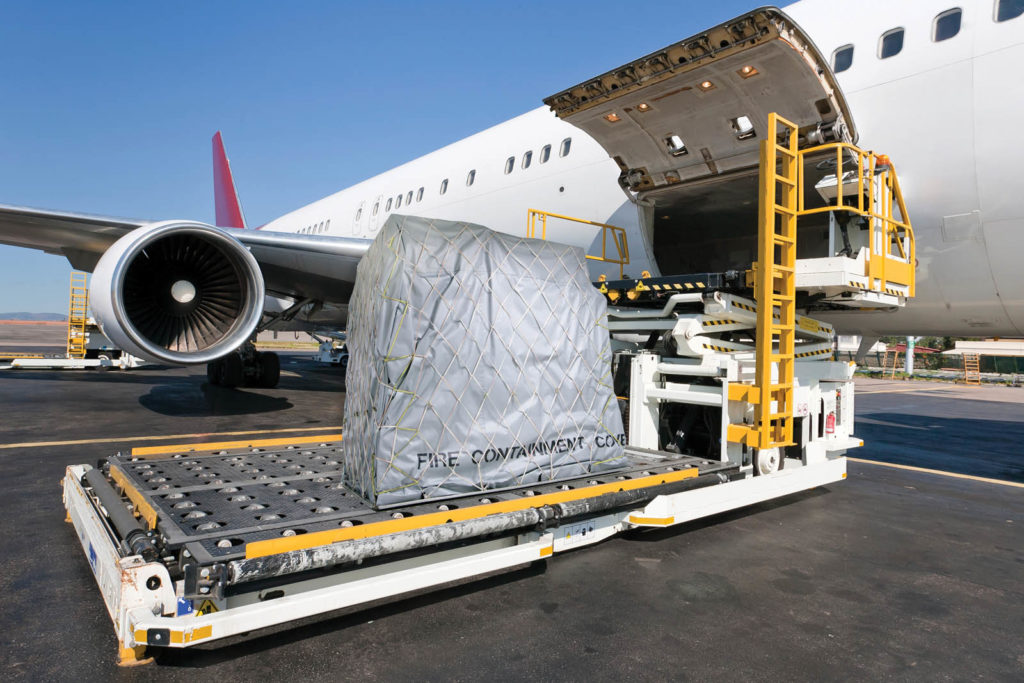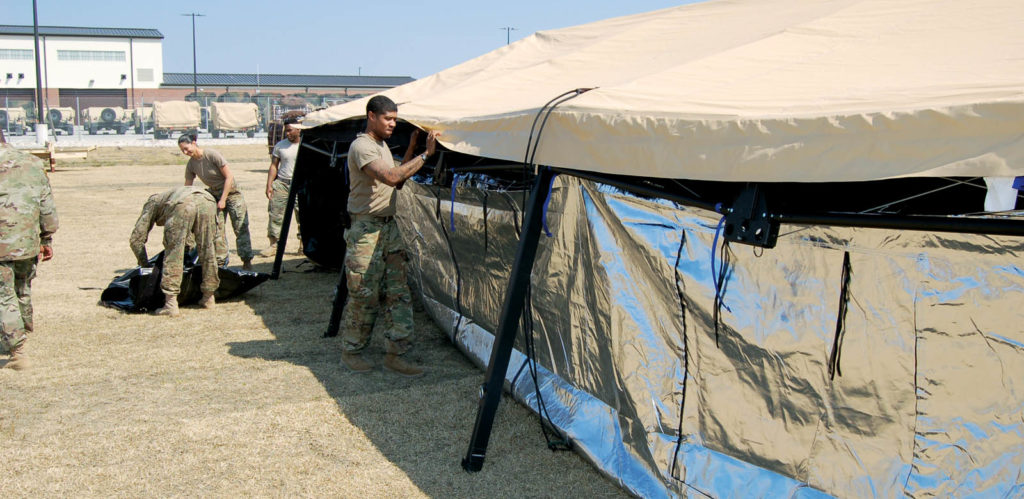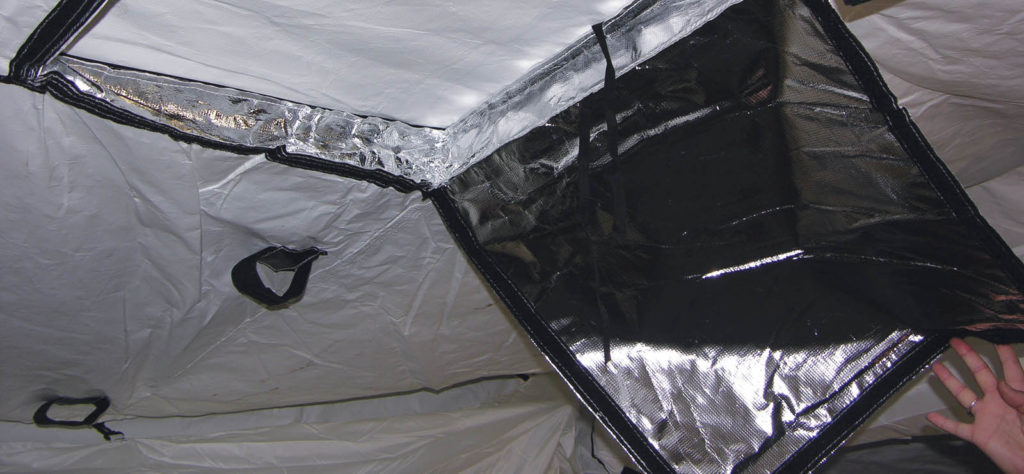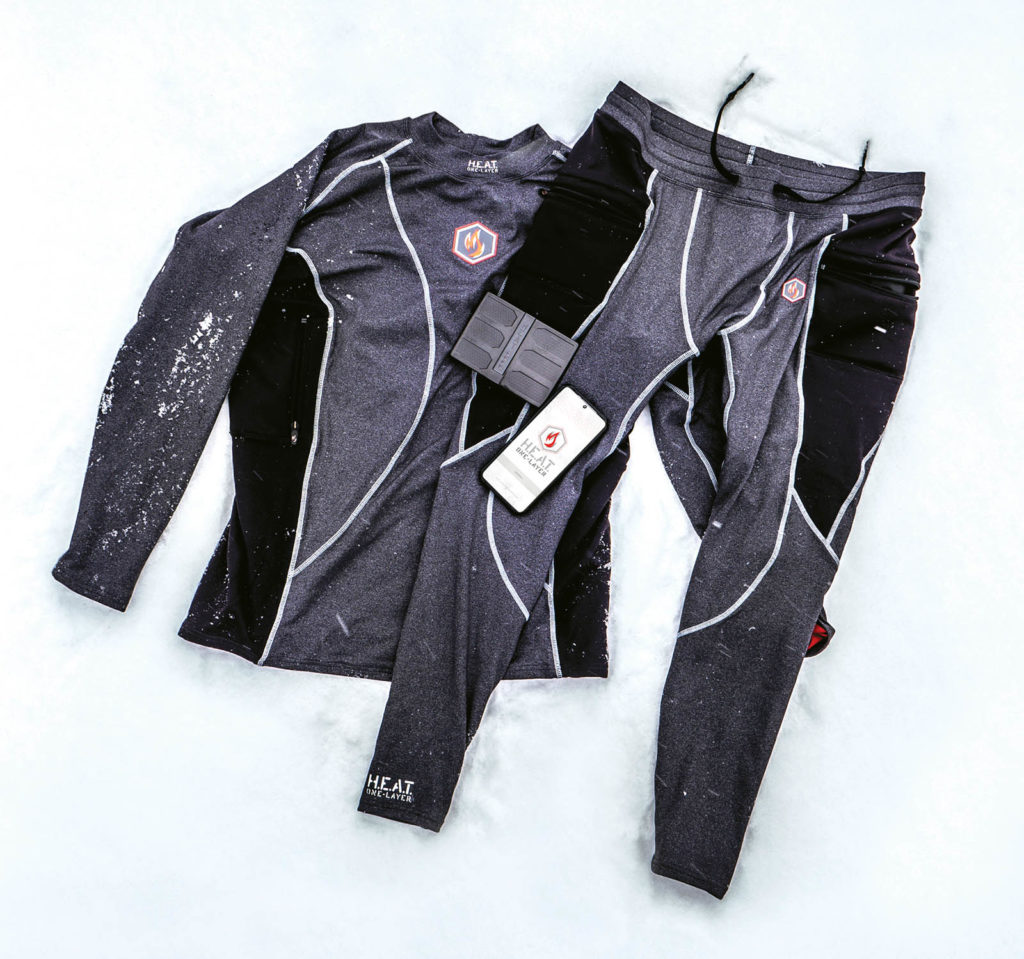Life on Earth—as we know it—would not be viable without managing the temperature levels of our personal climates, our environments and the perishable materials we use. Textiles play an important role in these efforts.
As we watch our planet’s climate change, the textile industry is stepping up its development of innovative alternatives designed to help keep us warm, cool or both. Smart temperature-regulating textiles for apparel have seen the bulk of the initiative, driven primarily by the outdoor and athletics business.
However, a growing need for thermal management solutions in manufacturing is being driven by the automotive, health care and electronics industries, alongside the increasing necessity of providing thermal efficiency in our environments.
To date, most non-electronic textiles offering thermal control rely on one of three technologies: shape-shifting structures, phase change materials (PCMs) or reflection/insulation.
Shape-shifting textiles, reacting to an environmental trigger such as heat or moisture, are designed to open and close the pores of textiles to release or retain heat. Their development has primarily been directed toward apparel.
PCMs, which both absorb and release thermal energy, are moving beyond textiles for apparel and home furnishings into materials used to manage temperature in building envelopes, electronics, transport and mobility. However, the difficulty of microencapsulating PCMs and their intrinsic incompatibility with building materials has impeded progress.
Reflective and insulating textiles are proving highly successful at controlling temperatures for a wide array of end uses in industrial and outdoor settings.
Specialty textiles for thermal management
Newtex Industries Inc., located in Rochester, N.Y., is one of only a few remaining U.S. weavers of high-temperature textiles used in insulation and fire protection for buildings, infrastructure, transport and personal safety. In 1978, the company introduced Zetex® and ZetexPlus®, the first texturized glass fabrics to successfully replace asbestos.
“Newtex uses a key proprietary process in the manufacture of all of our texturized fiberglass fabrics used in insulation and fire protection,” explains Matt Krempl, Newtex chief operating officer. “The process occurs at the yarn processing stage and imparts greater insulation properties through a unique/proprietary mechanical texturization process.”
In addition, Newtex provides value-added coatings such as Z-Flex® multilayer aluminization and other fire- and weather-resistant treatments, which deliver increased protection and longer product life. The company recently completed a major plant renovation that included the installation of a new state-of-the-art coating and lamination line.
“The new line allows us to produce higher-quality coated fabrics, faster, with more precision,” adds Krempl, “leading to significant performance improvements and, in some cases, reduced cost.”

The company is seeing strong demand, according to CEO Jerry Joliet.
“Industry, military and consumer demand is extremely high with pent-up needs challenging everyone in our industry. Fire protection fabrics used in construction, shipbuilding and safety apparel, along with fire containment products for cargo and home safety, are all in high demand,” says Joliet.
“Our products are almost recession-proof, but we have seen shortages in raw materials and significant shipping challenges as a result of the pandemic,” he continues.
Newtex is currently working on new fire containment textiles for electric vehicles and improvements to personal protective equipment (PPE) for wildland firefighters. Fire shelters, designed to stop flames and slow the transfer of heat from the tent exterior to the inside, while maintaining breathable air, are the last resort for firefighters, and a growing need given the proliferation of wildfires.
“We are actively working to develop a more effective life-saving shelter, as we’ve been disappointed in the pace and guidance from the U.S. Forest Service,” Joliet adds. “We believe the user should decide the appropriate trade-offs between weight and protection … whether that is eventually hikers and campers, or wildland firefighters.”

Making tents thermally efficient
Spending a summer’s day or a wintery night inside a tent will quickly convince one that most tents are thermally inefficient, if not outright uncomfortable. Eureka! Expeditionary Systems, a division of Binghamton, N.Y.-based Johnson Outdoors Gear Inc., is meeting the challenge of making military tents both more comfortable and thermally efficient.
As posted on Eureka!’s website, according to Navy SBIR N103-193, generators that power environmental control units (ECUs) to heat and cool expeditionary shelters account for 75 to 80 percent of the total fuel usage of the U.S. military’s forward operating bases. This requires convoys of fuel tanks, often in dangerous territory, in order to keep the tents comfortable.
In 2010, Eureka! partnered with the R&D lab at the U.S. Army Natick Soldier Research, Development and Engineering Center (NRSDEC) to develop a better insulation system for its rapid deployment tents.
“The point is that the system needs to be expeditionary in nature, able to be put up and taken down quickly,” explains Trent Nelson, senior mechanical design engineer for Eureka! Military, Johnson Outdoors. “It has to be light and fast. Regular insulation is too heavy, and inflatables are too difficult.”
The company worked with students at Binghamton University, the State University of New York, to develop 3D models for testing. The key discovery was that air, captured and confined inside a laminated reflective liner, is the best insulator.
Tested under challenging conditions, the resulting thermal system maintains an ambient tent temperature at mid-70s (F), with a fuel savings of 30 to 38 percent, at outside temperatures ranging from 115 to minus 40 degrees.
Eureka! says its thermal liner system, released six years ago, is considered superior to every other system in the industry in terms of logistics and cost. “There’s no mumbo jumbo,” says Nelson. “Just good design and quality testing.”
Eureka!’s thermal liner system is available for the company’s RDS (rapid deployable system) and MGPTS (modular general purpose tent system) tents, and can be customized for other configurations. According to Nelson, while there is some demand for thermal management systems on the commercial side, the average camper’s usage may not justify the cost.

Focusing on the human body
A number of textile technologies have attempted to harness the infrared radiation emitted by the human body to manage thermal comfort in apparel, bedding and soft home textiles. A concept called MetaCool, first reported in Science magazine in 2019 by scientists at the University of Maryland, utilizes a shape-shifting textile to gate this radiation, cooling or warming the wearer.
The textile technology, created by professor of chemistry and biochemistry YuHuang Wang and physics professor Min Ouyang, combines a yarn made from cellulose triacetate with a carbon nanotube coating.
While the triacetate in the fiber is hydrophobic, the cellulose is hydrophilic. This opposition causes the fibers to tighten and twist when exposed to moisture (sweat), opening pores in the textile that release heat. When the textile dries and cools, the fibers relax and the pores close, conserving heat.
The carbon nanotube coating, which possesses excellent optical properties, modulates the amount of infrared radiation via resonant electromagnetic coupling, amplifying the thermoregulating effect to create a true bidirectional thermal textile.
With a U.S. patent and pending international patent applications in place, the project is now established as Coolwave Dynamics LLC. According to Wang, “We are just at the beginning. But we are seeing a lot of interest, from professional athletes to housewives and high-school student entrepreneurs.”
The Coolwave technology can be utilized in woven as well as in knitted structures; current opportunities include socks and footwear, as well as textiles for athletes, infants and others who require autonomous temperature regulation. “The human body is our major concern,” says Wang. “Our mechanism is a different approach to thermal regulation not found in textile materials.
“The beauty of our technology is that it will be very scalable, and ultimately very affordable, hopefully,” Wang concludes. The minute amount of carbon nanotubes added during the manufacturing process “are not a big deal in terms of cost.”
Wang points out that enabling inhabitants to maintain a comfortable personal climate through their apparel creates the opportunity to save energy by reducing the heating or cooling levels of an entire building.
Debra Cobb is a freelance writer with extensive experience writing about the textile industry. She is based in North Carolina.
SIDEBAR: A unique polymer: Powers a thermal base layer for outdoors

Based in Great Falls, Mont., H.E.A.T. Inc. is launching a new heated base layer system for extreme cold weather outdoor activities.
The H.E.A.T. One-Layer contains heat pads made of FabRoc™, a technology comprising a uniquely blended, carbon-filled polymer formation that operates on low voltage to produce self-regulating warmth.
The heat pads are placed within a high-tech, moisture-wicking compression fabric, targeting the body’s most abundant arterial blood flow.
According to H.E.A.T. spokesperson Rebecca Carl, three technologies work together to power the One-Layer: FabRoc (the heating element), CorePower (the custom battery solution) and the Bridge (the “brains” of the system), which is powered by a custom smart device app.
Created by a heat technology company called EXO2 in McDonough, Ga., the FabRoc polymer is thin, moldable, elastic, wireless and waterproof. Seated between a liner and outer shell, the technology does not interfere with mobility.
It emits heat in the far infrared spectrum, which is medically beneficial and more efficient than convection heat, and is powered by the CorePower via Bluetooth®.
“Our customer is anyone who works or plays outdoors, especially in extreme conditions or environments,” says Carl. “All field testing has received rave reviews and we look forward to building our customer feedback database as the system hits the market.”







Leave A Comment